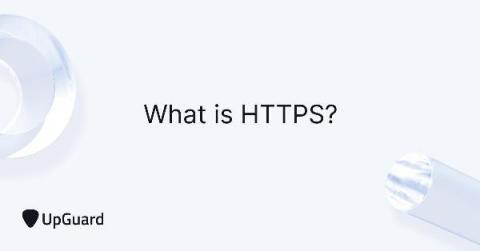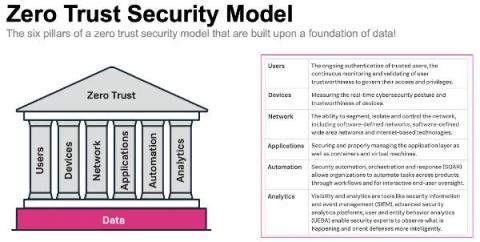Telegram Self-Destruct? Not Always
Secret-Chats in Telegram use end-to-end encryption, which is meant for people who are concerned about the security and privacy of their chat history. The messages can be read only by sender and receiver, and not even Telegram administrators have the encryption keys necessary to read any chats. From the Telegram FAQ.











